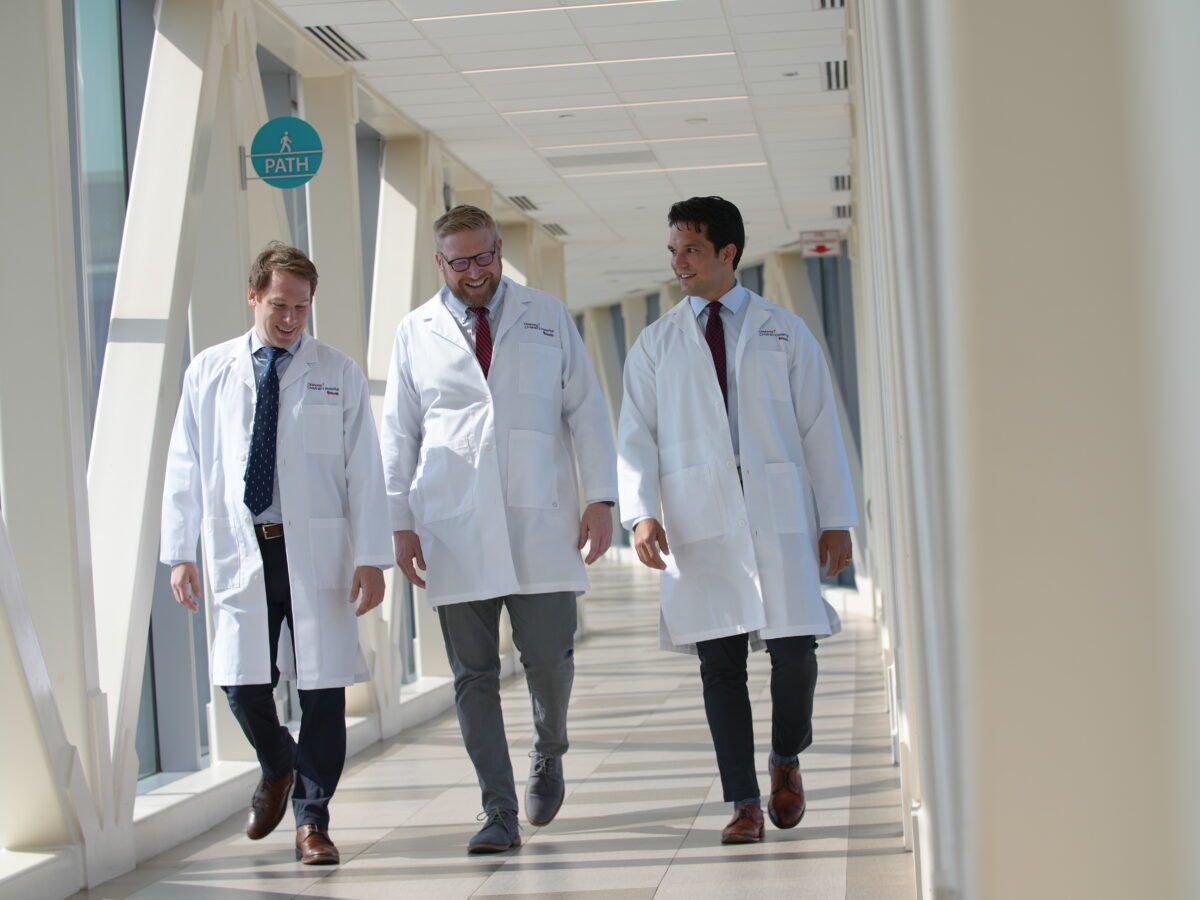
The COVID-19 pandemic has taken a toll on the healthcare industry, especially when it comes to worker shortages – as these led to nationwide healthcare issues like decreased quality of care and longer wait times. On a state level, leadership in the industry is looking to hire and retain skilled healthcare workers through a variety of avenues. In fact, Jimmy Duncan, chief human resources officer for OU Health, says “the last three years have been more of an opportunity than a challenge.”
One thing the pandemic taught the healthcare industry, he says, is that “we could be more flexible.” OU Health now has remote employees living in 22 states, working in staff positions such as patient billing and telehealth.
A focus on recruitment and retention has led to enticements such as scholarships and tuition forgiveness, especially for registered nurses, Duncan says. Nurses, he mentions, are typically the most sought-after employees.
“We are always hiring RNs, techs and patient-care assistants,” he says. “They are the team members who are front-facing.”
OU Health has made a commitment to be well-staffed at its hospitals with support personnel such as nurse aides, which can allow RNs to focus on higher-level duties. The health system has continued since the height of the pandemic to emphasize market-leading pay, help for its employees to achieve work-life harmony – and just generally making its 11,000 team members feel valued, Duncan says.

The changing nature of the field means registered nurses have options beyond the clinical setting, such as public health nursing, health administration, forensics, legal consulting and informatics. Many have become traveling nurses, which is another option that became more visible during the early days of COVID.
“Healthcare only gets about 60% of the RNs who graduate,” Duncan says.
The nursing school at the University of Oklahoma accepts every student who qualifies, and last year had its largest freshman class ever, Duncan says. The program provides clinical training opportunities for nursing students and hires a high percentage of those graduates. The health system also partners with the medical school to train interns and residents.
“We are making sure we can support any resident that wants to come into our organization, especially with OU Health Sciences Center and the OU College of Nursing. We have more than 200 nursing residents at any one time,” Duncan says. “Our goal is to provide them with a job offer at the end of their experience.”
Oklahoma City’s place as one of the most populous metros in the United States makes it increasingly easier to attract healthcare workers from border states and beyond.
“We had a new-hire orientation this morning,” Duncan mentions during a phone call in August. “We had new employees from Washington state, Maryland, South Carolina and Minnesota.”
Duncan says the health system also visits high schools to promote healthcare careers and has partnerships with Francis Tuttle, Metro Tech and other institutions that train essential employees such as radiologists, phlebotomists and respiratory therapists.
Amplifying Rural Health
OU Health is not out to compete with smaller towns and systems for employees, Duncan says.
“We have partnerships with a lot of rural organizations and take a lot of our services to their communities. That’s how we address some of those workforce gaps. It’s our commitment to improve the health of all Oklahomans by touching every corner of the state. It’s not necessarily a competition for the workforce. We are all connected.”
OU Health appeals to many students and employees because of its academic adult medical center and children’s hospital, where “we take care of the sickest patients in the community,” Duncan says.
Potential employees are also attracted by the academic mission.
“We are always trying to find the next greatest cure,” he says. “The research component is so important.”























